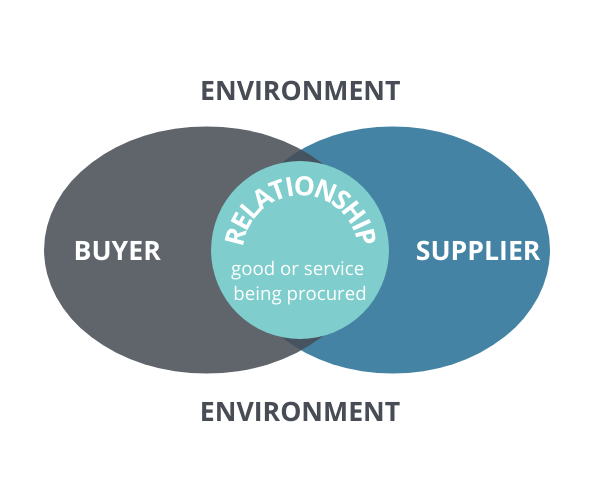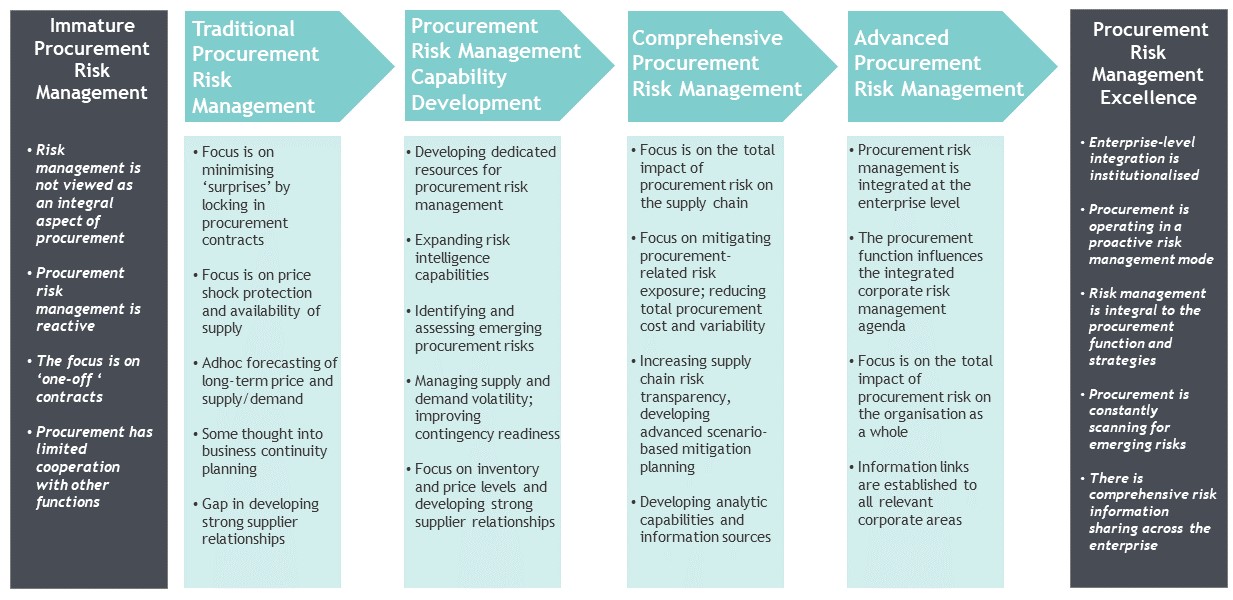Do you understand and manage procurement risk?
By Peter Morichovitis, Senior Procurement Consultant, Peak Services
Given the complexity and speed of change in today’s business world, one can logically argue that there is more risk for procurement professionals today than was the case 20, or even 10 years ago. Over the last five years, on average, Queensland councils spent approximately $7.7 billion on goods and services each year (i.e. procurement spend)(1). With such a large responsibility regarding the public purse, one would expect councils to be experts in procurement risk management, and that expertise to be getting stronger and stronger as risk in business increases. Yet the Queensland Audit Office (QAO) commonly identifies deficiencies in council procurement controls and did so in its Local Government 2020 Report. The QAO in the same report also recommended that councils need to improve risk management processes (REC 4).
Do you understand and manage procurement risk for your council? Or, is ‘good luck’ your best friend? And what if I said, “risk isn’t only to be avoided or mitigated”, “without risk, there would not be opportunity”, or “risk isn’t always bad for councils”. Would we be on the same page?
Risk vs reward
Pretty well in all areas, there is a payoff between risk and reward. This is no different in managing procurement risk. Procurement risks need to be understood in the context of your council’s objectives for their relevance, importance and certainty so that the known procurement risks that can improve the council’s agenda can be exploited, and those that can worsen the position can be managed. Proactive management needs to be focused on the procurement risks that are most uncertain, whether known or unknown, and considered in light of your council’s overall strategy and objectives.
This writer, quite a few years ago, recommended to stakeholders the award of a multi-million dollar contract, after a procurement process, to a company that was in administration. This was unheard of. Primae facie, it was considered crazy. However, if you analyse the risks versus rewards:
- for every month the supplier remained trading, a very large amount of savings was to be realised by the buyer, compared to the price they were previously paying, and
- if the supplier fell over, then the buyer could instantly and seamlessly move to the spot price market with a range of other suppliers and be no worse off than commencing with the spot price, in the first place.
The recommendation to award the contract was approved. This procurement risk planning, strategy and management led to millions of dollars of savings for the buyer.
Below are some tools which can help your council better understand and manage procurement risk.
Common types of procurement risk
When it comes to procurement risk, financial risk is probably the one that most commonly springs to mind.
Below are eight common types of procurement risks that councils need to understand and manage.
-
Financial risk - in its simplest terms, is the risk of not achieving value for money for your council. For example, avoidable increases in the unit prices of goods and services due to not managing the procurement appropriately. The QAO Local Government 2020 Report identified (and recommended an improvement as REC 5) that councils were “unable to demonstrate they obtained value for money from their procurement process”.
-
Operational risk - disruptions to a council service as a result of a procurement or supply chain failure e.g. procurement not ensuring the security of supply through an appropriate long-term contract.
-
Work Health and Safety (WHS) risk - the risks on the health and safety of employees, contractors, volunteers and the community related to a procurement exercise. Examples of managing WHS risks in procurement include:
-
ensuring procurement specifications contain WHS requirements, both in terms of known and potential hazards and risks,
-
WHS tender evaluation criteria ensuring appropriate contractor WHS systems are in place, and
-
WHS contract performance monitoring and management of the contractor under the contract.
-
Legal risk - procurement professionals spend their days developing, writing and executing contracts with suppliers and therefore minimising legal risk is a core responsibility for procurement.
-
Compliance risk - in risk management, procurement has a role in ensuring the council avoids the legal and financial penalties for failing to act under internal and external regulations and legislation. A big ticket item for compliance risk in procurement is probity. Principles including competitive procurement processes, fairness and impartiality, transparency of process, independence through effective management of conflicts of interest, accountability of process and security and confidentiality of information must be incorporated into all procurement activities.
-
Reputational risk - is the chance of losses or other negative ramifications due to a declining reputation as a result of practices or incidents that are perceived as dishonest, disrespectful or incompetent. The awareness and management of sustainability, social and Indigenous procurement and modern day slavery have become very important reputational issues in recent times for procurement professionals and organisations to deal with.
-
Environmental risk – councils must maintain a commitment to long-term, ecological sustainability through procurement activities that conserve resources, save energy, minimise waste and maintain environmental quality and safety.
-
Political risk - last but not least, there are not too many more political environments than local governments; hence political implications and risks need to be considered in all procurement decisions.
Where to look for procurement risk

In its simplest form, the sources of procurement risk(2) are from:
-
goods or services being procured, especially WHS and environmental risks;
-
the buyer - your council undertaking the procurement, including its strategies, objectives, operating model, values, policies, procedures and systems;
-
supplier(s) - the organisation(s) supplying the goods/services including sub-contractors and the total supply chain;
-
the relationship between the buyer and supplier(s) including the commercial, legal and social dimensions; and
-
the environment within which the procurement takes place including the social, political, economic, regulatory and geographic dimensions.
These key sources of procurement risk area a convenient starting point for your council’s procurement risk identification.
The Roadmap to Procurement Risk Management Excellence

The above diagram illustrates the journey from procurement risk immaturity to procurement risk management excellence. Where is your council currently positioned on this very important roadmap to understand and manage your procurement risk?
How Peak Services can help
The Peak Services Procurement team are experts in managing procurement risk. For support in enabling you to better understand and manage your council’s procurement risk, Peak Services Procurement can assist you with:
-
planning and linking procurement strategy, governance and risk management
-
developing a procurement risk management strategy, plan and processes for your council
-
mapping and identifying your current state on the Roadmap to Procurement Risk Management Excellence [table above] and mapping with you a path and plan to excellence
-
identifying, analysing, evaluating and mitigating the procurement risks in your supply chain
-
managed procurement services to assist in removing the risks for your strategic procurement categories.
For more information on our Technical Consulting Advisory Services, contact Brian Jackson, Director – Consulting and Technical Advisory Services on 0467 767 825.
Footnotes:
-
Queensland Audit Office – Financial Audit Report, Local Government 2020 (Report 17:2020-21)
-
Adapted from Commonwealth Procurement Guideline 8, Managing Risk in Procurement, Australian Office of Better Buying (AGPS Canberra 1992)